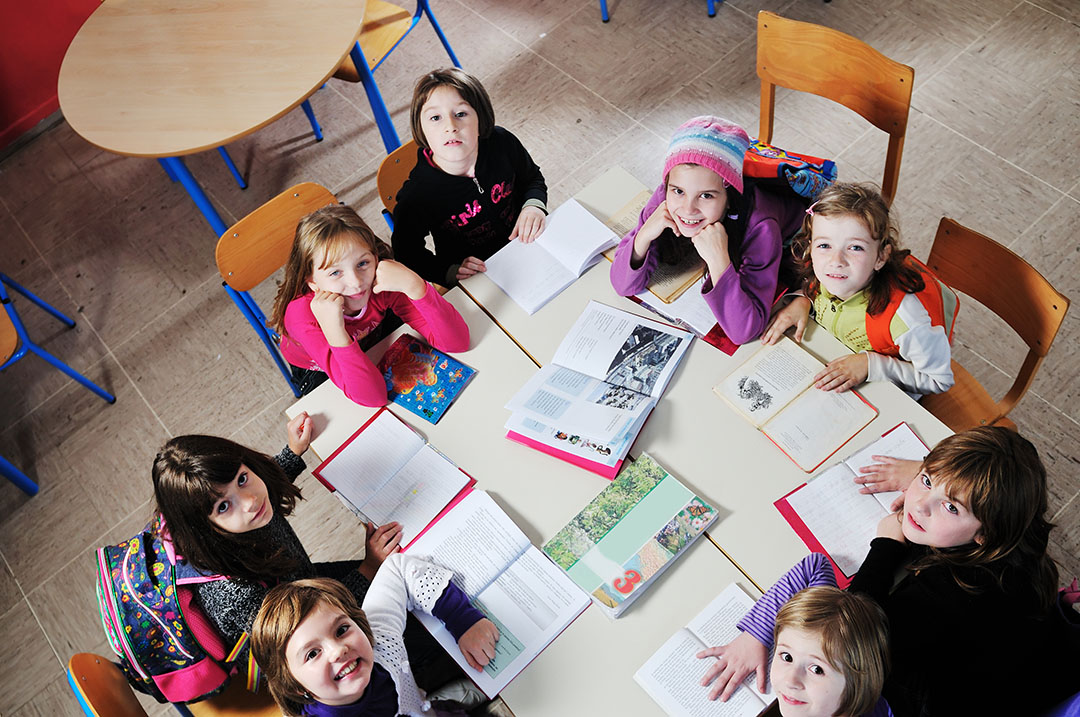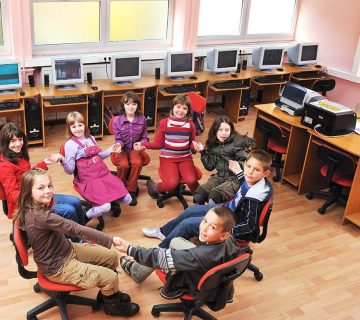Abstract
A school is a child’s second home and one of the most influential institutions shaping their personality, behavior, and outlook. Choosing the right school is one of the most important decisions parents make—it can determine a child’s academic, social, and emotional future. This article provides a comprehensive overview of the hallmarks of an excellent school from scientific, pedagogical, and psychological perspectives.
Introduction
Children spend a significant portion of their day at school. A school that focuses solely on rote learning and grades cannot foster well-rounded growth. When selecting a school, parents must look beyond prestige or aesthetics and consider the emotional climate, educational philosophy, and the quality of teacher-student relationships. Below are the key criteria to evaluate.
Section 1: Physical Environment
- Safe, well-lit, ventilated, and hygienic facilities
- Playgrounds, libraries, and sports & arts spaces
- Class sizes ideally under 25 students
- Up-to-date and varied teaching aids and technology
Section 2: Faculty and Administration
- Qualified, trained, and child-centered teachers
- Respectful, patient, and encouragement-based interactions
- Leadership knowledgeable in child development and pedagogy
- Active involvement in students’ emotional and ethical growth, not just academics
Section 3: Educational and Pedagogical Approach
- Emphasis on creative thinking, inquiry, teamwork, and problem-solving
- Balance of academics, life skills, and arts & sports activities
- Instruction in media literacy, communication skills, self-awareness, and emotional management
- Student-centered methods that respect individual learning differences
Section 4: Home–School Partnership
- Regular, transparent, and empathetic communication between parents and school
- One-on-one counseling sessions for parents and students when needed
- Progress reports highlighting strengths and areas for support
- Opportunities for parent involvement in school projects, field trips, and cultural events
Section 5: Emotional and Psychological Climate
- Safe environment free of fear, humiliation, or discrimination
- Promotion of empathy, responsibility, and collaborative behavior
- A non-violent system for addressing behavioral issues
- On-site counselor or psychologist to support students’ well-being
Conclusion
A truly good school is not defined by high grades or fancy buildings alone. It nurtures the mind, heart, and skills of each child. By making informed choices and advocating for quality education, parents can help create a brighter, more humane, and sustainable future for their children.







